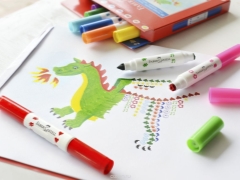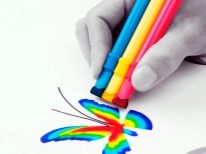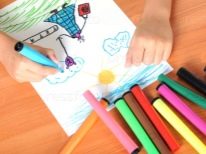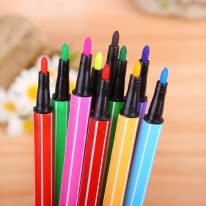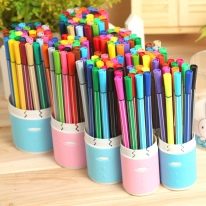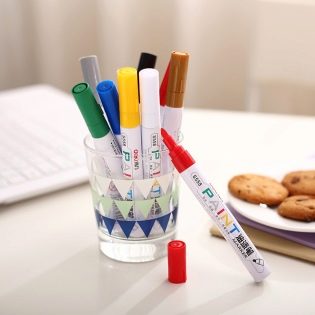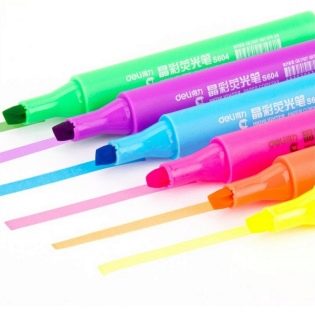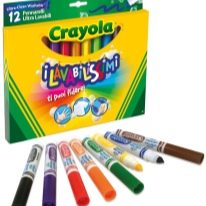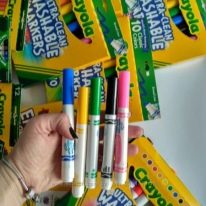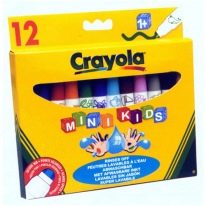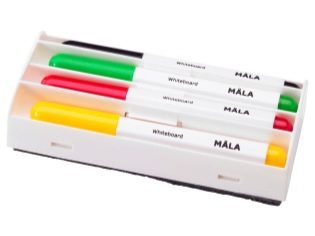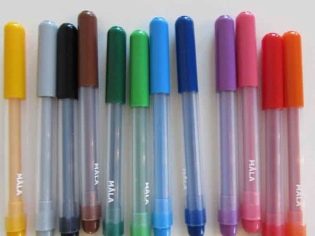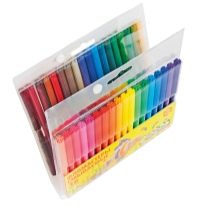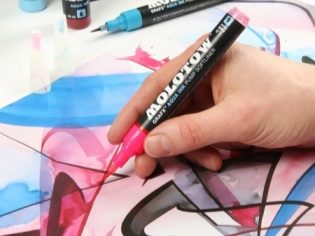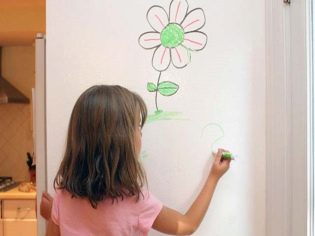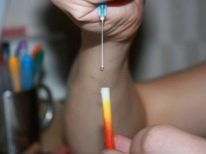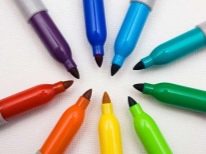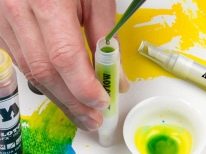How to choose water-based markers?
Drawing is very important for the development of any child. It contributes to the development of fine motor skills, imagination, and creative abilities. You can draw with the help of various tools: paints, pencils, crayons, markers. The latter are especially popular among children because of their bright colors and ease of use. Modern markers are water based.
Special features
Water markers have a number of features:
- They have no unpleasant smell and are safe for the smallest artists.
- Suitable for use on virtually any surface.
- Easily laundered from clothing and other items.
- Have bright, saturated colors.
- Do not dry out even with a loose cap.
- When drawing does not fall out.
- The drawings made by water felt-tip pens are resistant to sunlight and temperature changes.
Varieties
Today, consumers are not only available to ordinary sets of water-based markers. There are other types of such devices:
- Fading markers. They have two working parties, one of which writes and the other erases the writing.
- Fluorescent markers. They look like ordinary markers, but they glow in the dark.
- Various highlighters that are used to highlight important places in the text.
- Markers also differ in the shape and width of the writing node.
Models
Modern stationery stores have a very wide range of washable markers. It is worth considering the most popular models.
Crayola
Crayola is an American brand, but nowadays products of this company are also produced in other countries. There are several models of Crayola markers, each of which has its own characteristics. If we talk about these markers in general, we can note the following advantages: bright colors, a large number of different models, strength, safety of materials, a convenient form of the body.
Such devices are suitable for the youngest artists. Markers are durable: with active use even after a year, they will still draw very well.
Crayola markers are easily washed from any surface, they are washed from clothes, without leaving traces. The only drawback of such devices may be their relatively high cost. If we take into account the high quality and long service life of products, then we can say that the price is justified.
"Mola"
The markers “Mola” of the Swedish company Ikea have bright, saturated colors. Thanks to the thickened body, it is convenient for children to hold the markers in their hand. They are intended for drawing on various surfaces. They are easy to clean, including from the skin. They wash off with children's clothes without any problems.
"Mola" will not wither, even if left without a cap.
"Kalyaka-Malyaka"
The Russian company "Kalyaka-Malyaka" produces washable water-based markers. Of the advantages of these products can be noted bright colors, the body of a convenient form and low cost. However, there are disadvantages. Some buyers note that markers do not wash off well, wash off, and also dry out rather quickly and stop writing.
Drawing methods
Water-based markers can draw on virtually any surface. The most common option is a piece of paper. However, there are more non-standard ways to use these markers:
- Drawing on the kitchen appliances.It is very convenient to take this baby when the mother is in the kitchen.
- Fingers smearing is already finished drawing. You can smudge just drawn picture or already dried (with water).
- Smearing strokes with a wet sponge or roller.
Before you begin, you need to check how well the markers are washed off. Sometimes traces of them are quite difficult to remove.
How to fill up?
Most often, the marker dries because the solvent ends, allowing the paint to calmly flow to the tip. In water based markers, water is such a solvent, so the most effective and obvious way out is to use liquid to bring the marker back to life. It is easy to do, there are several ways:
- Lower the pen tip into the bowl of water. To speed up the process, it is better to use hot and warm water. You must first remove the rod from the body of the marker. This method gives good results, since the rod of the marker is uniformly soaked with water. However, it should be borne in mind that not all markers are easy to understand.
- The second method differs from the first only in that it is not the rod that is immersed in water, but the tip of a felt-tip pen. This is much more convenient, since you do not need to disassemble the marker.
- Another common way is fill dried markers with a fine needle syringe. To do this, you need to dial a small amount of water into the syringe and inject it either into the tip of the pen, or on the reverse side. The main thing is not to overdo it with the amount of water, otherwise you can remove the remaining paint from the rod.
- The latter method differs from the previous ones in that it uses not vinegar, but water. The tip of the marker should be moistened with a few drops of vinegar. Make it more convenient with a pipette or syringe.
Interesting facts about markers, see the video below.
